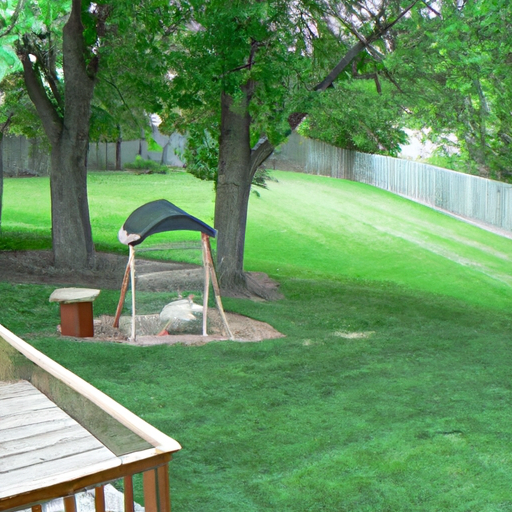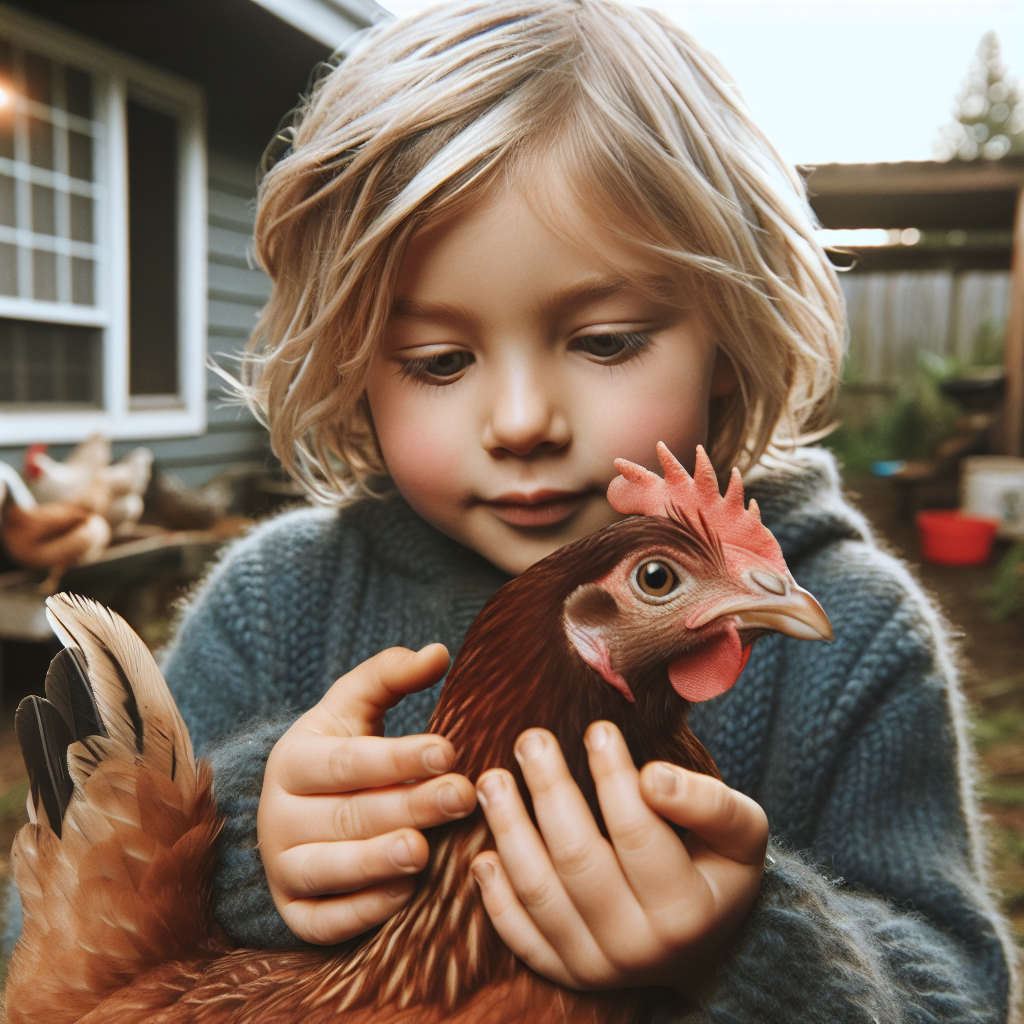Have you ever considered keeping chickens in your backyard? If so, you might be wondering about the space requirements for these feathered friends. In this article, we will explore just that – the amount of space each chicken needs to live happily in a backyard setting. Whether you’re a chicken enthusiast or simply curious about the ins and outs of backyard keeping, read on to discover the essential information to create a comfortable and thriving environment for your flock.
Space Requirements per Chicken for Backyard Keeping
Understanding the Importance of Adequate Space
When it comes to backyard chicken keeping, providing adequate space for your flock is crucial. Chickens require enough space not only to roam around but also to engage in their natural behaviors. Adequate space promotes their overall health, well-being, and happiness.
Considerations for Backyard Chicken Keeping
Before determining the space requirements for your chickens, there are several factors to consider. Firstly, familiarize yourself with local regulations and zoning laws concerning the number of chickens you can keep and the minimum space required per chicken. Additionally, assess the available space in your backyard, the number of chickens you plan to keep, and any potential expansion in the future. Finally, allocate a budget for coop construction and maintenance.
Calculating the Ideal Space per Chicken
To calculate the ideal space per chicken, it is recommended to follow industry standards. As a general guideline, adult chickens should be provided with at least 2-4 square feet of outdoor space and 1 square foot of indoor space. However, these measurements may vary based on breed, age group, and activity level.
Factors Affecting Space Requirements
Several factors can influence the space requirements for your chickens. The breed of your chickens plays a significant role, as different breeds vary in size and activity level. Additionally, considering whether the chickens have access to indoor or outdoor space is important. Climate and weather conditions also play a role in determining the space required. Lastly, the presence of predators should be taken into account to ensure the safety of your flock.
Considering Different Breeds of Chickens
Different breeds of chickens have varying space requirements. Bantam chickens, for example, are small in size and require less space compared to standard or large breeds. Heavy breeds and dual-purpose chickens, on the other hand, may need additional space due to their size and weight. It is essential to research and understand the specific space requirements for the breeds you intend to keep.
Meeting the Minimum Space Requirements
Meeting the minimum space requirements is crucial for the health and well-being of your chickens. Adhering to these recommendations ensures that your chickens have enough space to engage in their natural behaviors without feeling overcrowded or stressed. It is important to regularly assess space adequacy and make any necessary adjustments to promote a comfortable environment for your flock.
Providing Sufficient Space for Roosting
Roosting is an essential behavior for chickens, allowing them to rest, sleep, and feel secure. To provide sufficient roosting space, allow for at least 10-12 inches of roosting bar per chicken. Choose roosting materials that are comfortable, easy to clean, and safe for your flock. Ensuring proper roosting space promotes their physical and mental well-being.
Maintaining the Ideal Space for Nesting
If you plan to raise egg-laying hens, providing proper nesting space is vital. Each nesting hen should have a private and secure area where they can lay their eggs in peace. It is recommended to have one nesting box for every 3-4 hens. Regularly monitor and maintain clean nesting areas to ensure hygiene and prevent any potential health issues.
Allowing Sufficient Space for Dust Bathing
Dust bathing is a natural behavior for chickens, helping to keep their feathers clean and free from parasites. Adequate space for dust bathing allows your chickens to spread out and engage in this essential activity. Ideally, allocate at least 2-4 square feet for a dust bathing area, using fine sand or dust as the substrate.
Providing Additional Space for Foraging
Chickens are natural foragers, and providing them with ample space to explore, scratch, and search for food is beneficial. Allowing them access to a foraging area not only promotes their physical health but also satisfies their natural instincts. Depending on the number of chickens, provide a foraging space of at least 10 square feet to ensure adequate room for this activity.
Ensuring Proper Ventilation and Air Flow
Proper ventilation is crucial for maintaining a healthy and comfortable environment for your chickens. Good ventilation helps remove excess heat, humidity, and ammonia, minimizing the risk of respiratory issues. Designing a ventilation system that allows for adequate air flow is essential for the well-being of your flock. In hot climates, additional measures might be necessary to prevent heat stress.
By understanding the importance of adequate space, considering various factors, and providing sufficient space for roosting, nesting, dust bathing, and foraging, you can ensure that your backyard chickens thrive. Remember to regularly assess the space adequacy and make any necessary adjustments to meet the changing needs of your flock. With the proper space requirements met, your chickens will lead healthy, happy lives in your backyard.




